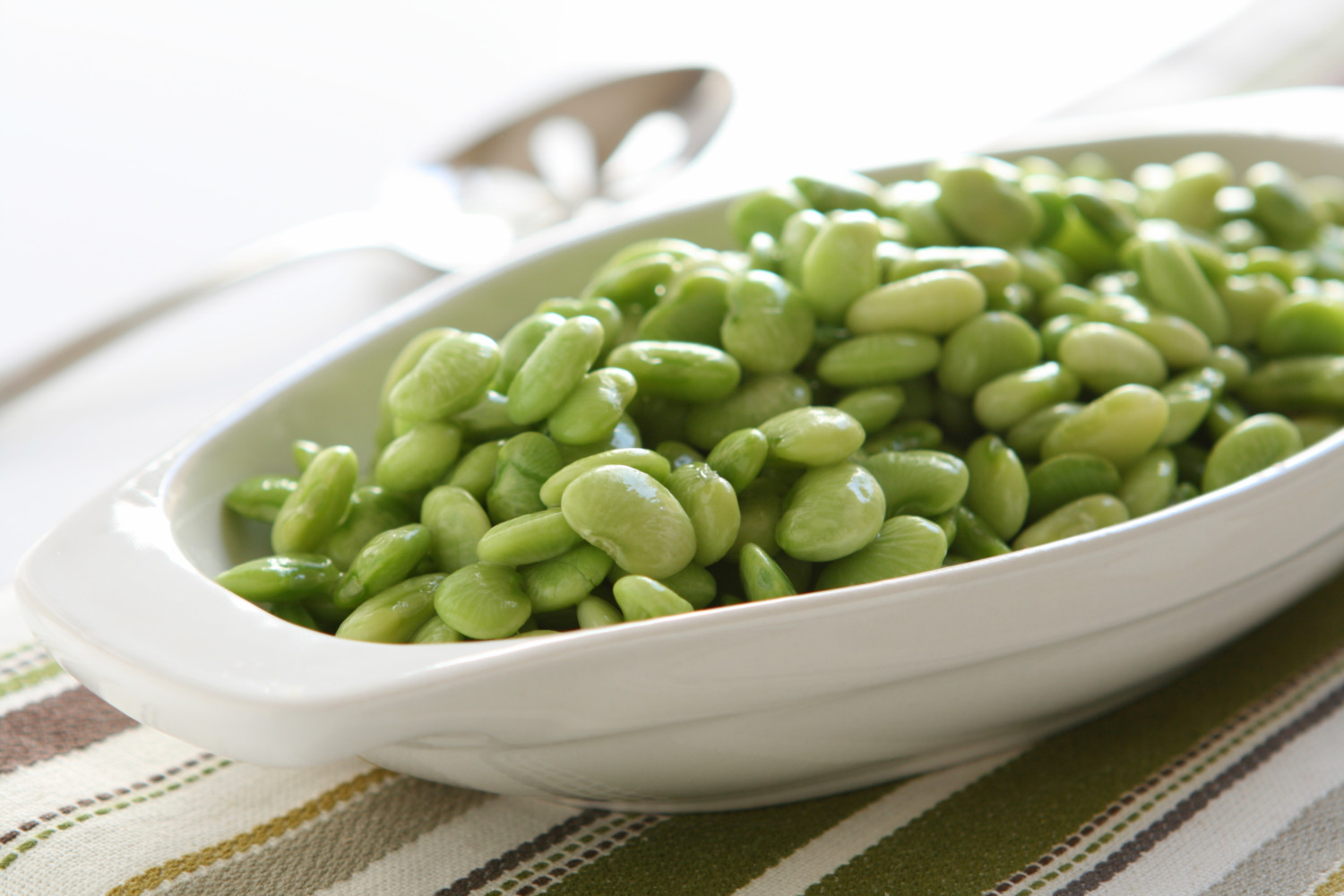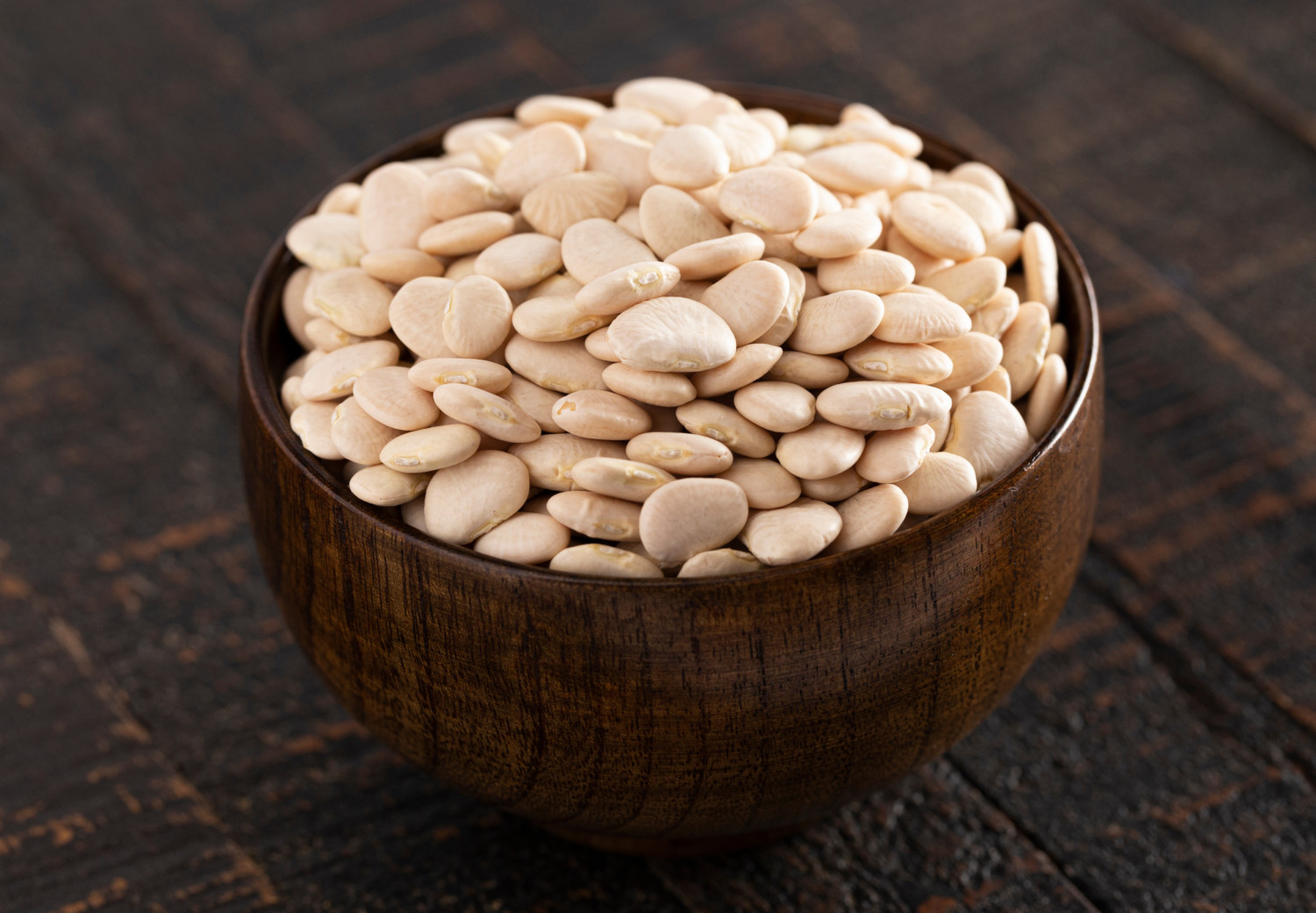What’s the difference, anyway?
There’s a longstanding debate between the northern and southern U.S. that features legumes: specifically, lima beans vs. butter beans.
Available in dried, frozen or canned variations at grocery stores nationwide, lima beans are known for having a mild flavor and creamy texture. Although their specific shapes and sizes do vary, the pale-green or cream-colored beans are popular; they’re an important part of regional Southern dishes like succotash and skillet beans with salt pork.
As for butter beans? We’re here to set the record straight: butter beans and lima beans are the same. They’re seeds from the Phaseolus lunatus plant. Southerners like to call them butter beans, especially when they’re fresh. You might even hear some people call the smaller varieties baby limas. Sometimes, they are also referred to as double beans or wax beans — and they have other names as well.


In other words, this battle between lima beans vs. butter beans really just comes down to semantics. Lima beans appear to get their name from the capital of Peru in Central America, where people have apparently been cooking them since 800 B.C. The term “butter bean”‘s origins are less clear; they probably refer to the bean’s texture. The term is used in the U.K. as well as the southern U.S.
No matter what you call them, limas belong to the legume family, which includes lentils, peanuts, chickpeas, beans and peas. Thanks to high amounts of nutrients like protein, fiber, copper, magnesium and potassium, lima beans are considered to be a superfood. Just one cup of lima beans contains roughly one-quarter of your recommended dietary allowance of iron and a whopping 92% of the daily RDA of manganese.
Improving digestive and heart health top the chart for benefits of eating these beans. Other advantages include possible protection against anemia and better control of diabetes.


As with many other types of beans, you don’t want to eat these raw, as they contain cyanide. However, they are perfectly safe boiled, braised or otherwise cooked. You can even serve them on their own with a simple dressing of butter, salt and lemon.
They work well in slow cooker recipes. One popular dish is Southern-style butter beans with ham or bacon. Add them to soups for a fiber and protein boost, toss them on salads and pasta dishes or casseroles, or use your blender to create a delicious, creamy hummus-style bean dip.
So, now you know the real answer to the age-old debate of lima beans vs. butter beans! Some people might argue that a butter bean might sound more appealing to eat than a lima bean. What do you think?